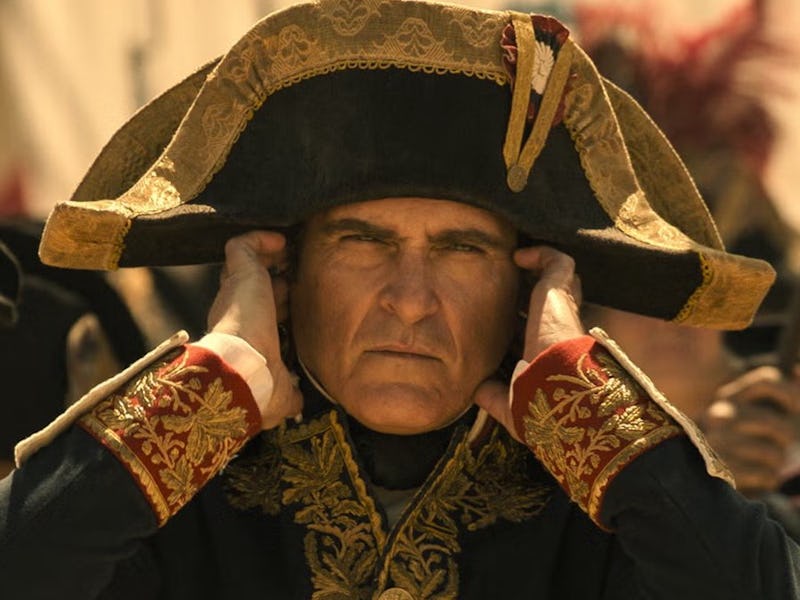Hollywood's Top Directors Keep Making the Same Mistake — Here's the Solution
When will movie studios think of the bladders?

In 2005, Dan Gardner watched Peter Jackson’s King Kong (runtime: 201 min) in theaters and had a major problem: he had to pee, but didn’t want to miss any crucial moments from the giant ape. That inspired him to create RunPee, an app that informs those with needy bladders when to take a break without missing any integral plot points that would leave a viewer relieved, but confused.
Looking back on cinematic history and even modern-day movies from outside the U.S., there’s a clear answer to long movie bladder fatigue: the intermission. And with movies only getting longer, it’s obvious why they should be brought back into vogue.
In the early days of film, intermissions were entirely practical, done to allow the changing of a film reel. Thankfully, they eventually were no longer necessary, but it’s something the audience grew used to over time. It became more or less commonplace for long movies to have an intermission, including epics like Gone With the Wind, Ben-Hur, and 2001: A Space Odyssey. King Kong, the movie that inspired RunPee, even had an intermission in some showings.
Dilwale Dulhania Le Jayenge, the 1997 Bollywood movie that’s been playing at one Mumbai theater for 28 years, has an intermission in the middle of its 189 minutes.
Now, movies — especially high-profile “prestige” films — keep getting longer and longer. Titanic famously was so long it had to be divided over two VHS tapes for its home release. Avengers: Endgame’s three-hour runtime was the longest of any Marvel movie, though Anthony Russo told Collider they never considered an intermission because not a single person took a bathroom break in their first three test screenings. Avatar: The Way of Water’s 200-minute runtime gave plenty of time to show off the visual effects, but the sheer length of them gave me a headache. These are all movies with oversized runtimes, but they’re also in the top 5 highest-grossing movies ever.
So clearly a good movie is usually a long movie, but fans are hesitant to commit to such a long experience, especially if the subject is bleak. In 2023, there are three long movies from iconic directors: Martin Scorsese’s Killers of the Flower Moon, Christopher Nolan’s Oppenheimer, and Ridley Scott’s Napoleon, which clocks in at only 2 hours 38 minutes. Napoleon even has a four-hour-long cut coming to streaming. Could this be the time to bring the intermission back?
Not without the director’s express approval. Last month, when Killers of the Flower Moon premiered in theaters, a handful of cinemas both in the U.S. and Europe were showing the movie with a break near the middle of its 3.5 hour runtime. When Thelma Schoonmaker, Scorcese’s longtime editor, heard wind of this, she immediately condemned it, telling The Standard, “That's a violation so I have to find out about it.”
Killers of the Flower Moon was shown with an intermission, leading Paramount to crack down over breach of contract.
So why not bake an intermission into a runtime? It would be a plus to theaters, encouraging audiences to top up on concessions when they would normally tough it out; it’s a plus to studios, attracting audiences who would be turned off by the commitment; and it’s obviously a plus for audiences, giving people a chance to stretch their legs. There’s even an opportunity during the intermission: play a beautiful overture like the intermissions of old, or seize the opportunity for some advertising.
It’s a technique that’s already in use in special circumstances. If you were to catch a special screening of a professionally shot Broadway show or an opera, those would include intermissions. Bollywood movies never wavered from including intermissions in movies, which is a blessing considering multiple hugely successful films cross the 200-minute threshold.
Intermissions aren’t that big of a deal for structure: most movies are built around a midpoint anyway, and this would just add a break and anticipation for the second half. As long as it’s done consensually, it’s hard to see a downside.
This article was originally published on